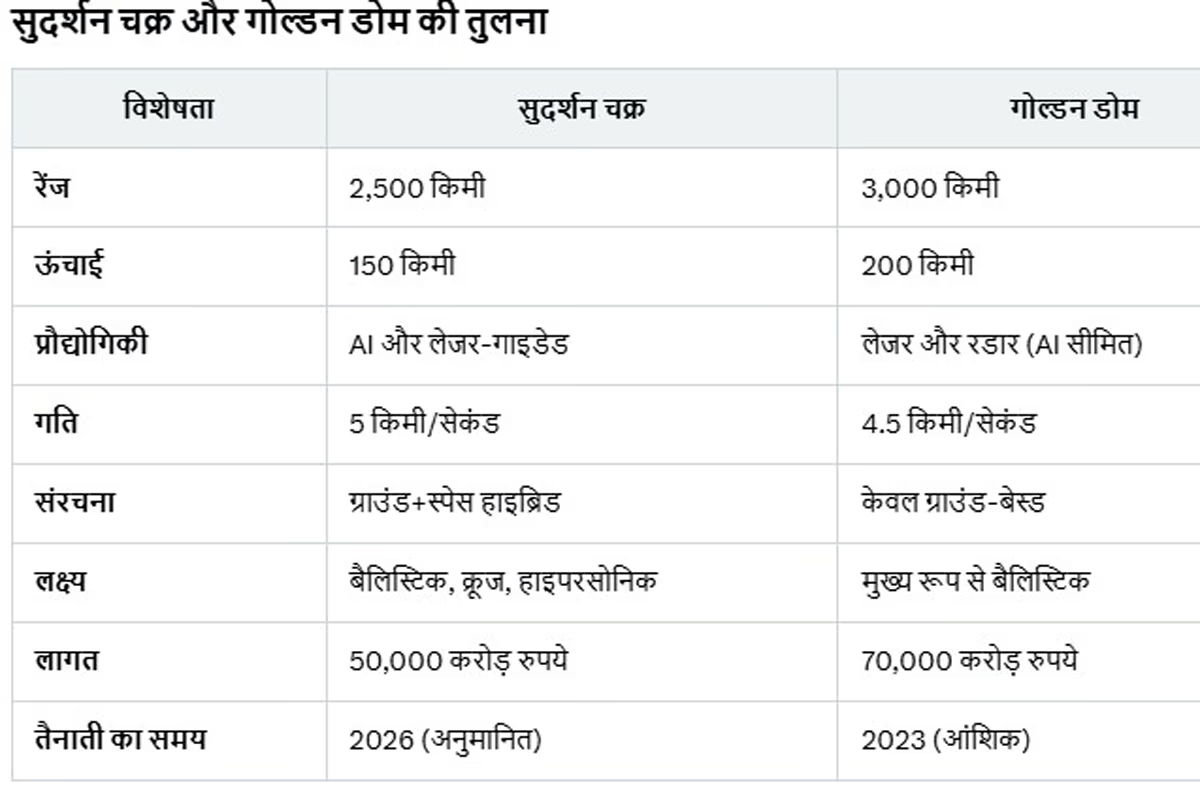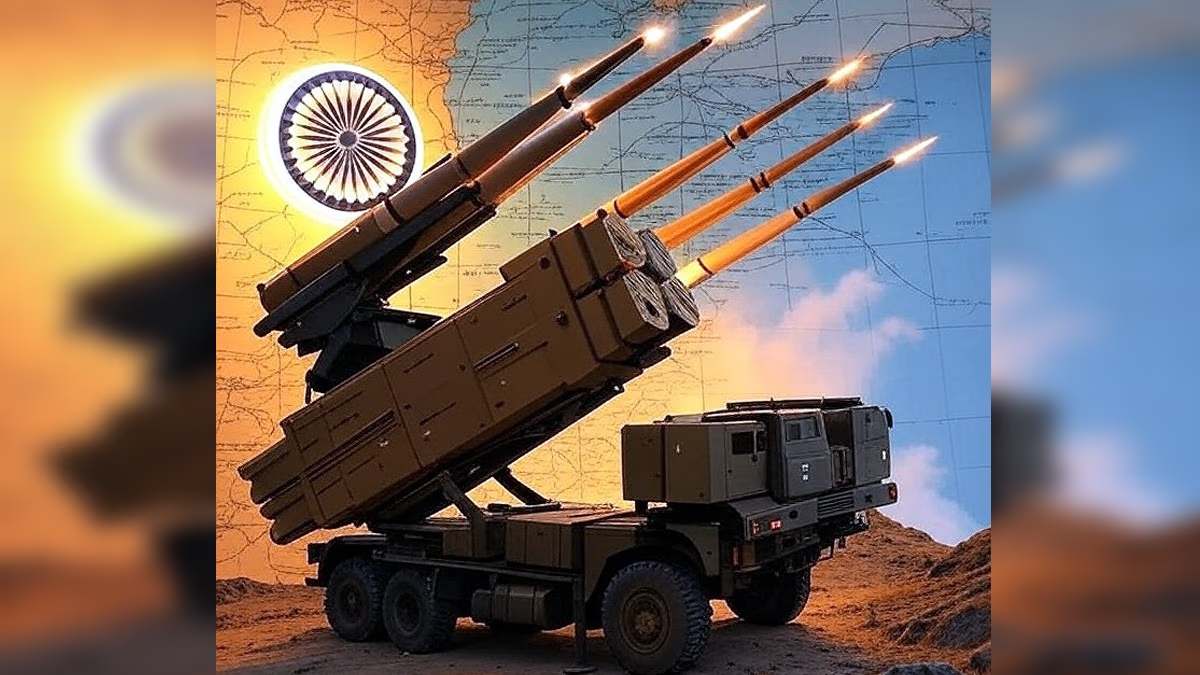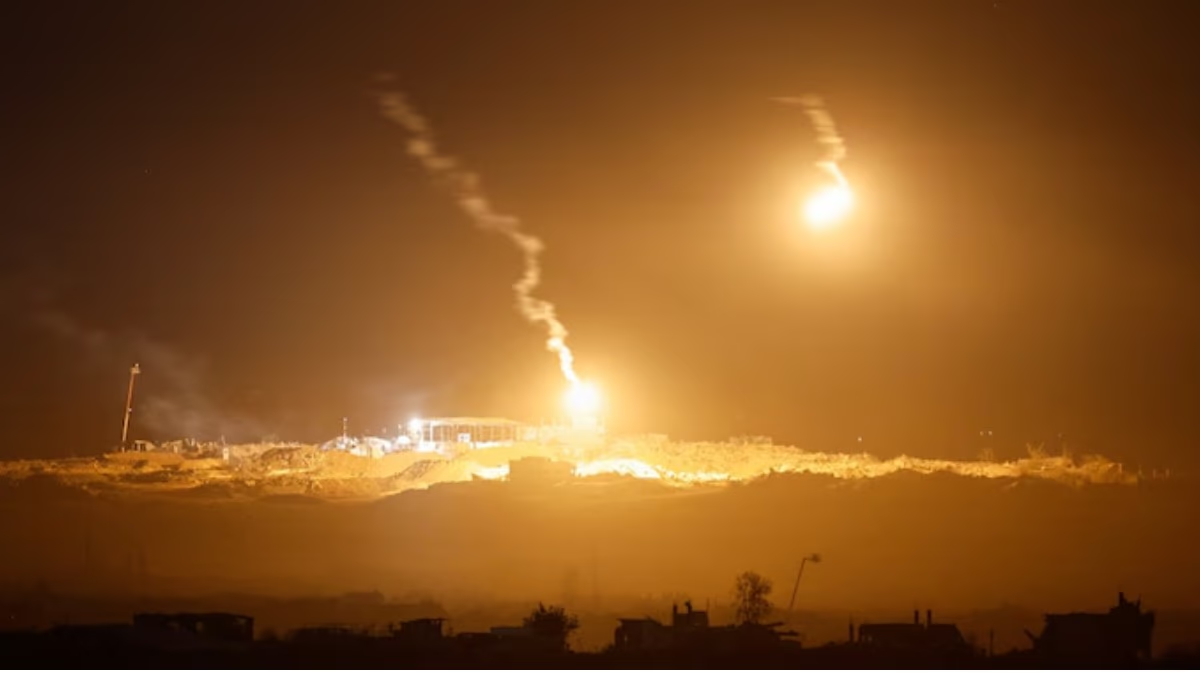India's Prime Minister Narendra Modi has unveiled an ambitious new defense initiative called 'Sudarshan Chakra', poised to firmly bolster national security. Modi insists this is not merely a defensive measure against aerial attacks, but a proactive counter-attack mechanism as well. Comparisons are being drawn to former U.S. President Donald Trump's 'Golden Dome'. But, is it truly comparable? And how crucial is this decision for India?
What is Sudarshan Chakra?
The 'Sudarshan Chakra' is India's cutting-edge national security system, an advanced missile defense and surveillance network developed by DRDO and ISRO. Its nomenclature draws inspiration from the legendary weapon of Hindu deity Vishnu, symbolizing the defeat of adversaries. Designed to thwart air attacks, including missiles and drones, it represents a significant leap in India's defensive capabilities.
Discover more: B-2 Bomber: The strategic powerhouse hosting 16 nuclear bombs perplexes Trump's welcome of Putin in Alaska
Features of Sudarshan Chakra
Range capability: Intercepts enemy missiles up to 2500 kilometers away.
Intercept Altitude: Can intercept airborne missiles at heights up to 150 kilometers.
Technology: Incorporates Artificial Intelligence and laser-guided systems for precise targeting.
Speed: Launches missiles at an incredible speed of 5 kilometers per second.
Structure: A hybrid system combining ground and space-based assets, linked through a comprehensive satellite and radar network.
Targets: Designed to neutralize ballistic, cruise missiles, and hypersonic weapons.
Deployment Aim: Targeted to be fully operational by 2026 with an anticipated cost of around 500 billion INR.

Source: aajtak
What is the Golden Dome?
Under the leadership of Donald Trump, the 'Golden Dome' was proposed during his presidency as a pivotal shield for national security, countering adversarial missile assaults on the United States. It derives its name from its distinctively gilded architectural dome.
Key aspects of Golden Dome
Range: Capable of neutralizing missiles within a 3000 kilometer radius.
Height: Effective interception at altitudes up to 200 kilometers.
Technology: Leverages laser and radar systems, albeit with limited AI integration.
Speed: Exhibits missile launch speeds of 4.5 kilometers per second.
Infrastructure: Entirely ground-based with installations at various locations.
Focus: Primarily centered on combating ballistic missile threats.
Implementation: Partially operational by 2023, incurring costs of approximately 70,000 crore INR (~8 billion USD).
Similarities:
Both defense systems share the common purpose of missile mitigation. They harness advanced radar and laser technologies to effectively counter enemy offensives.
Differences:
Sudarshan Chakra's incorporation of AI and space-based advancements marks a revolutionary divergence from Golden Dome's more dated technology and limited AI application. Moreover, its cost-effective nature makes it economically viable for India.
Why is this decision pivotal?
National Security: Given the territorial disputes with neighboring countries like China and Pakistan, 'Sudarshan Chakra' promises to augment India's aerial defense, serving as a robust barrier against missile threats.
Self-reliance: Completely indigenous, this system exemplifies DRDO and ISRO's technological prowess, diminishing reliance on foreign imports.
Regional Leadership: Success could elevate India to a leadership position in Asia's defense technology arena, solidifying its global standing.
Challenges: The high cost and intricate technicalities may complicate its implementation while adversaries could adapt with new strategies.




